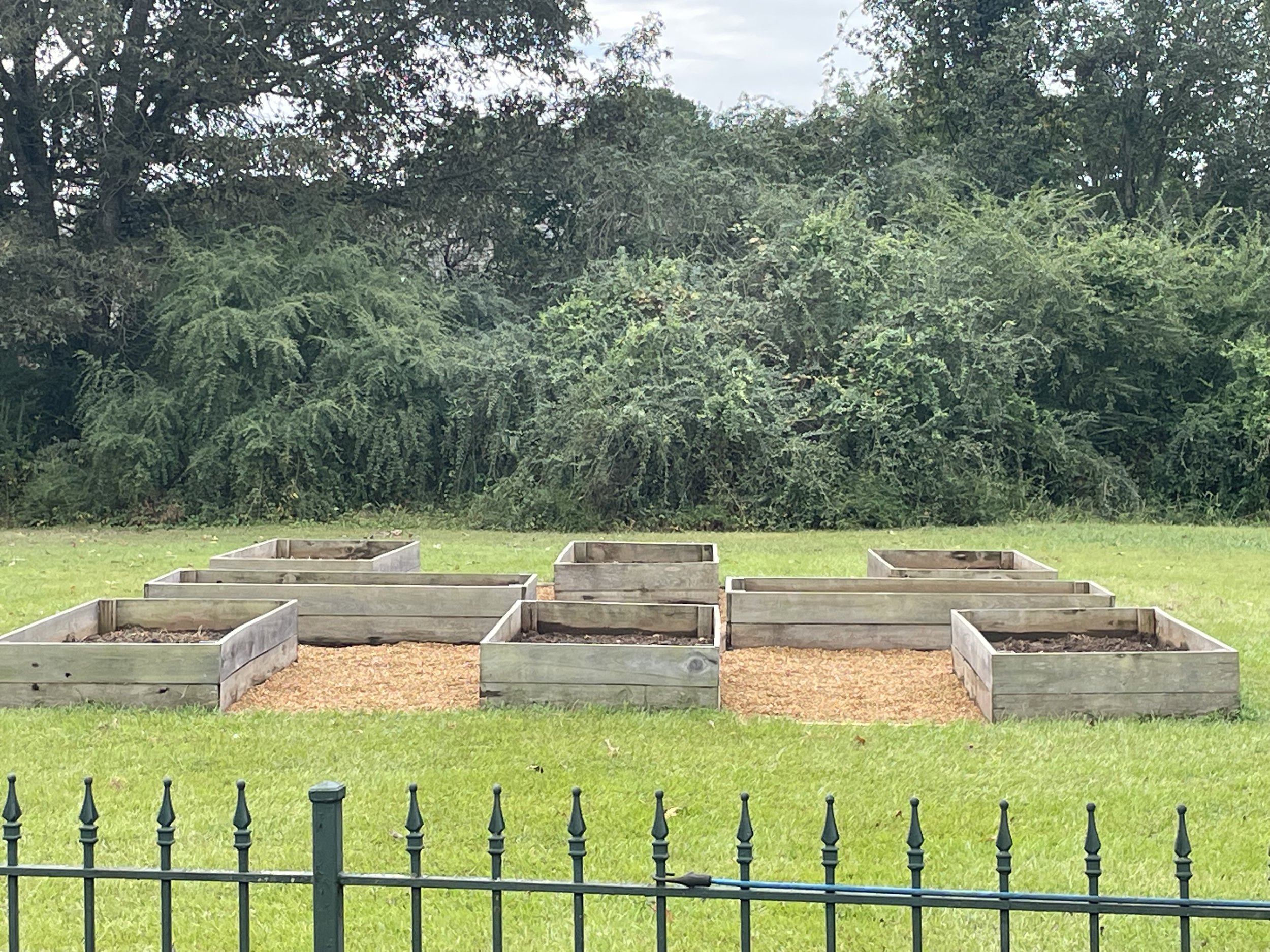Pergola
We have eight raised garden beds over a 20 x 30 sq ft area. This project was building a screened in pergola to protect it from animals (deer, fox, etc.). Here’s what we learned.
1) It’s best to start in fall or spring due to weather. We wanted to wait for winter to be nice a cool but didn’t realize that the temperature needs to be above 40 degrees to pour concrete. Also, depending on your water table, your holes may collect water and freeze which will delay your progress. Watch your weather and plan to set your posts when you have at least two days above 40 degrees.
2) When digging your post holes, invest in an auger or rent one. We were able to drill all twelve holes, 36” deep, in fifteen minutes rather than thirty minutes per hole using a manual post hole digger. Lowes or Home Depot carries them for a couple hundred dollars. Worth every penny to me.
2) Take your time properly preparing all your material before building. We learned that trying to stain and seal the wood prior to building was more of a hassle than staining after the build. It sounded like a good idea but you have to wait approximately two hours for the stain to dry before rotating the wood to a clean side to stain and it ends up just getting all over. It’s easier to stain it once it has been built.
3) When selecting your support beams/posts, look for posts with the core of the tree in the center of the post rather than the corner. This increases the strength of your post over time and reduces warping. We included a photo in the gallery as an example.
4) Before pouring concrete, spray each post with flex seal approximately six inches above and below ground level. This helps prevent water rot when water collects around the posts during heavy rain.
5) Screens are way too much of a hassle. We ordered custom sized nylon screens for each section with a 1.5” nylon webbing to go around each edge so we could tack that into the beams without ripping the screens. We learned that it is a total pain to hot glue webbing to a screen evenly and efficiently. It took over an hour and a half to do one screen and it was too delicate to hang tightly enough to keep animals out. Bottom line, just use hardware cloth (welded steel fencing). It’s easier to work with and stronger and costs about the same.

Garden beds overgrown with weeds

Garden boxes after cleaning out weeds and adding pea gravel

Good vs bad posts to use for vertical support beams


Bracing each post for level. Also sprayed Flex Seal 6 inches above and below the surface line to prevent water rot.


















